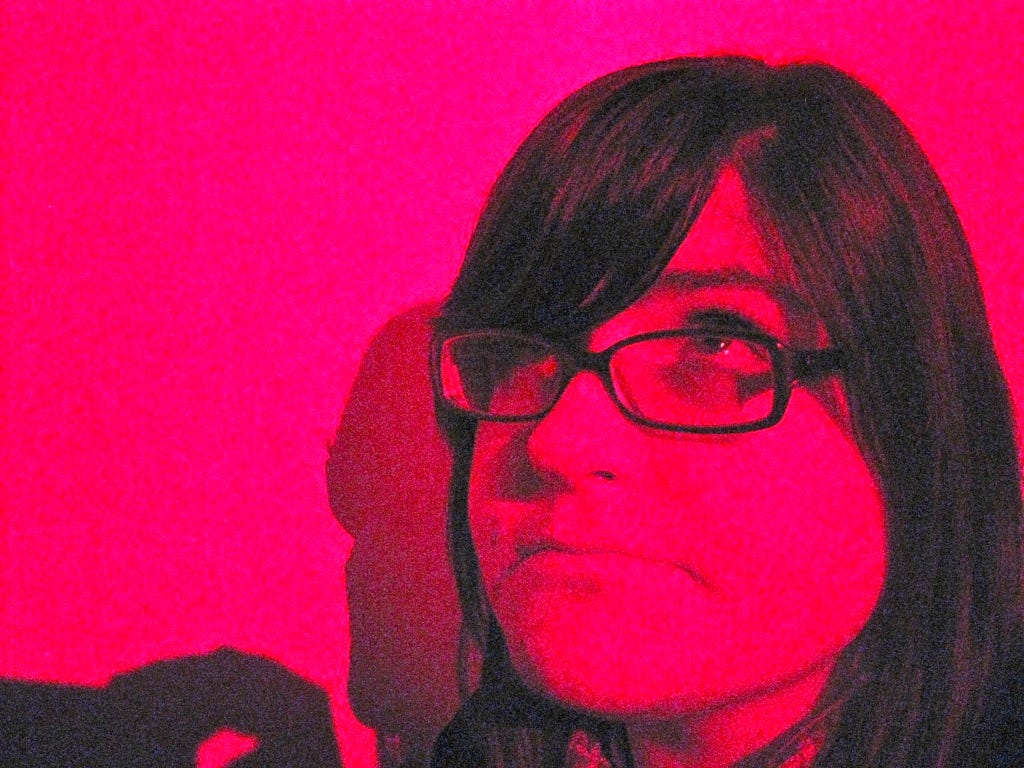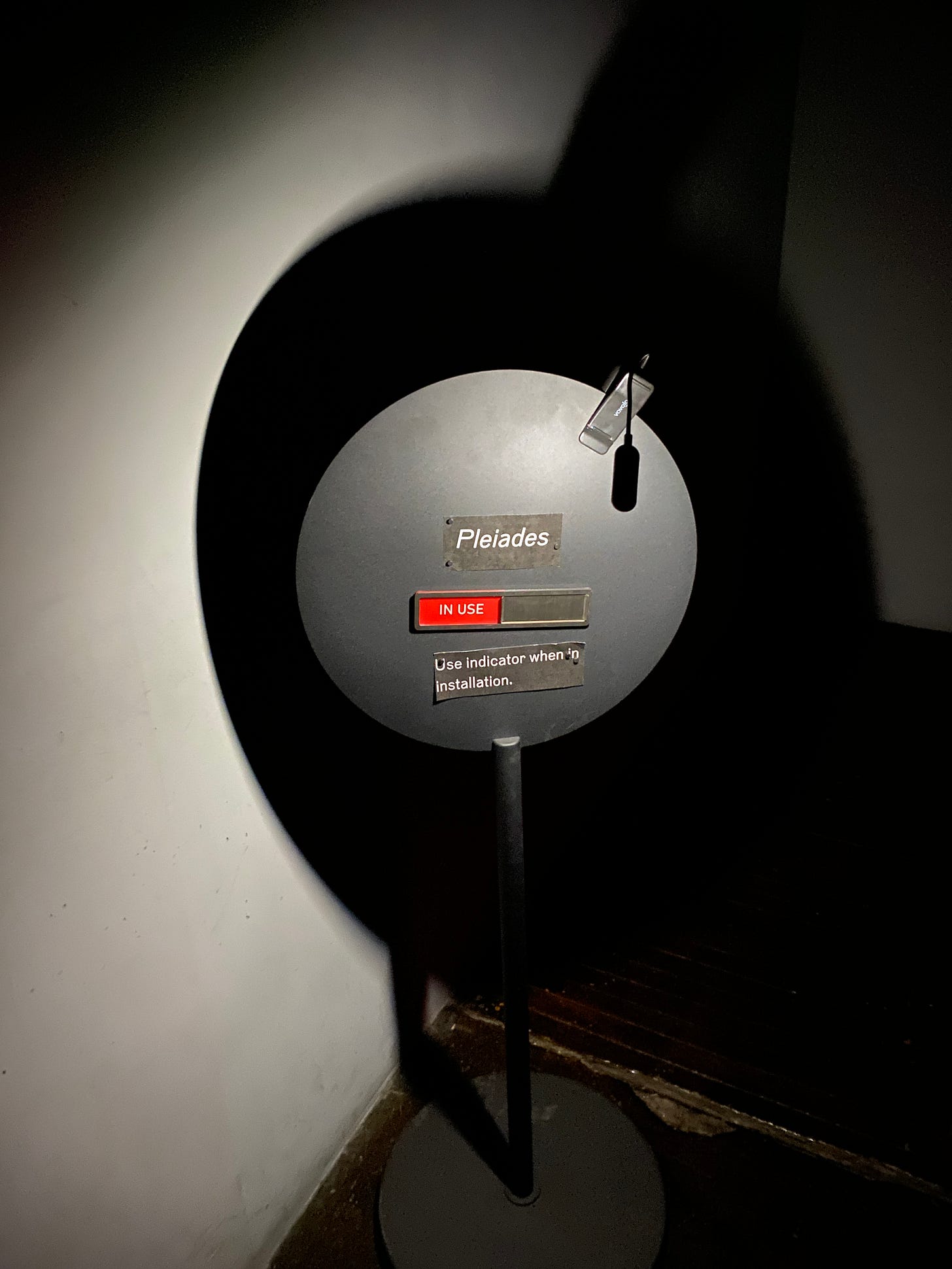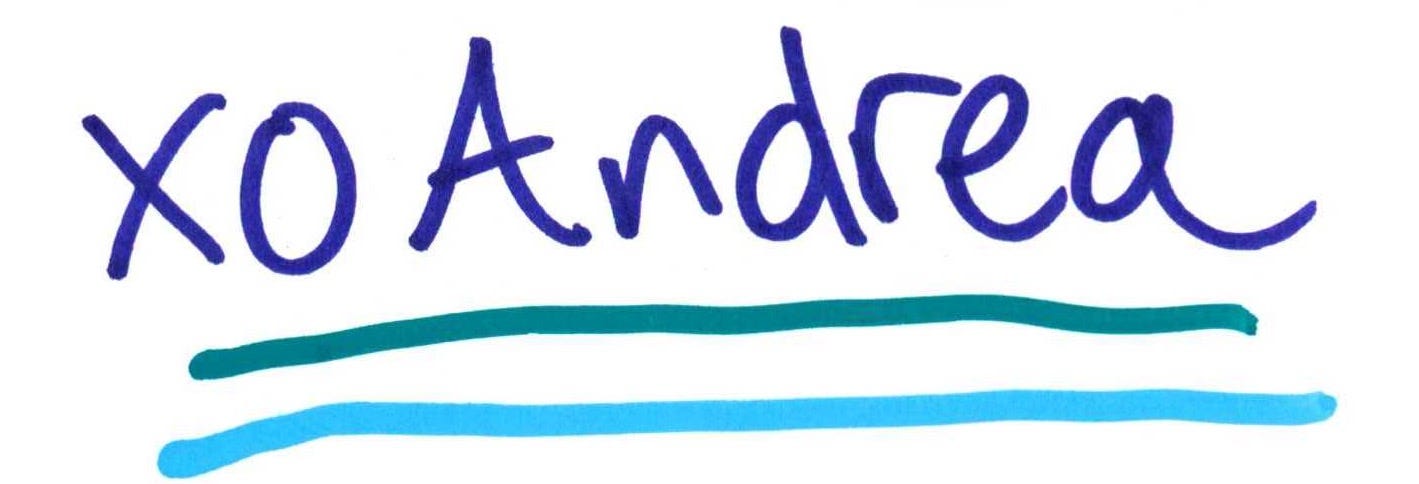Live long enough and eventually the ways of looking at the world that seemed so rock solid or unmoving might just shift without realizing it. It’s almost comical how much it’s possible to change and not even be aware that it’s happening. Here’s a recent example.
Sometime in early 2010, I answered a call for volunteer gallery attendants on Twitter1 from the Mattress Factory, a contemporary installation art museum in Pittsburgh that’s housed inside (you guessed it) an old mattress factory. Gallery attending was pretty simple stuff. I answered guest questions, directed people to the bathroom, occasionally unlocked a door. It was cool to check out the art for free and help out the museum. I volunteered a shift every couple months, maybe on a slow Sunday afternoon or the occasional private event.
The second floor of the Mattress Factory, an intentionally dark floor that can only be accessed by elevator, is the home of three permanent installations by the artist James Turrell: Catso, Red; Danaë; and Pleiades. Turrell plays with the brain and eyes ability to perceive light, and uses light in the way a sculptor works with clay.
I’d describe both Catso, Red and Danaë as more easily accessible, physically and aesthetically, for the average person. Pleiades is something else. It requires visitors to walk up a short ramp in total darkness, holding onto the railings as a guide. At the top of the ramp are two chairs, so no more than one or two people can see the piece at a time. And then… you sit, and wait for Pleiades to present itself as your eyes adjust to the darkness. There’s no music or sound other than whatever movement you make echoing off the walls. It takes about fifteen minutes to experience the whole thing. I’ve heard from others that the piece was quite moving.
At 25, I absolutely did not have a single shred of patience for Pleiades. Walked up that ramp once, sat down, and after probably a minute, I was out of there. I hated being in total darkness (still do). My breath felt so LOUD and the sound of it made me feel self-conscious. Then I heard people out in the hall and I felt even more self-conscious that maybe I was taking up too much time. And to top it off… nothing was happening! What as the point of this?? Goodbyeeeee.
I remember thinking that to have the time to actually sit for fifteen minutes when there were so many other things to see in the museum was crazy. I mean, fifteen whole minutes!! No thanks! Looking back, I felt like I had bees under my skin. I was constantly buzzing, moving, not able to sit still. There was so much to see and do and my anxiety was intense, a hive under the surface. Me, in the dark, alone with my own thoughts?! Noooo thanks!!

A few years later, I just so happened to be in New York for an improv festival at the same time as a big James Turrell installation was opening at the Guggenheim. My improv teammate Karen wanted to check it out and I tagged along.
I wasn’t familiar with Turrell before the Mattress Factory and even when I started gallery attending, I didn’t quite get it. Light is just… light. Going to that show with Karen changed my whole perspective. She had been working at the Mattress Factory for years, starting when she was an art student at Carnegie Mellon, and I basically got a private tour with a Turrell expert. I almost felt a little sad for everyone else around us that they didn’t have a Karen to guide them.
Karen explained how unique his work is in the larger art world, that no one was doing what Turrell does when he first started in the late ‘60s, and how he was heavily influenced by his background in science and psychology. She told me that Turrell puts it as “light is his material and perception is the medium.”
The moments of darkness, the places where the light doesn’t shine? Or the opposite, where it shines almost too brightly? It’s all intentional. Nothing is an accident. Those spaces of dark and light play off each other, informing each other, telling each other. I could understand that in regards to something to tactile, paint or stone, but it wasn’t until now that I could see how light could be art too. It was then that I learned about Roden Crater, Turrell’s magnum opus inside an actual dormant volcano crater in Northern Arizona. He’s been working on it since the late 70s and still not done.
I remember there were so many people at the museum that we couldn’t find seats to view the centerpiece of the installation, Aten Reign. Karen laid down on the floor and I followed suit. It was the only way to take in how Turrell transformed the Guggenheim rotunda and I just let it wash over me. Letting my eyes focus on the changing light helped block out the chaos of the crowds. It was so soothing. Reading about the Guggenheim show now, I can’t believe that I got to see this installation. It was real intersection of luck and timing, and how funny that I’m only truly appreciating it now, 12 years later.2
I returned from that improv festival and my life, which was tethering on the edge of a mess at that point, fell even further apart (not an exaggeration). The next several years were really hard. I had to reckon with some of the ugliest parts of myself that I’d rather not look at, much less face. Lots of hard conversations. Uncomfortable silences. Pain pain pain. I’ve said it before, but accepting that which I could not change and learning to sit with myself, as much as it hurt, changed my life. Though of course, everyone is a different person in their mid-20s than their late 30s, or at least you’d hope.
On my recent trip back to Pittsburgh, I just so happened to be on the North Side with an afternoon to burn. I fell off gallery attending at some point, the way some things just fade away from our lives after a while, so it had been over 10 years since I visited the Mattress Factory.
When the elevator opened to the second floor, I knew I would have to face my fear of Pleiades, which really is a fear of myself. So, like I did years before, I walked up the pitch black ramp, hands on the rails, until I felt the two chairs at the top of the ramp and took a seat. This time, I didn’t leave. There was an empty chair next to me and that was for the ghost of my younger self.
At one point, a couple came up the ramp and I had to say that it was occupied. I didn’t care. They could wait. This takes as long as it takes.
My eyes freaked out over the lack of light. Lots of flashing scribbles, moving around so quickly. I’m prone to visual aura migraines and I was a little afraid at first that I was having one at that moment. That wasn’t it though. The rods and cones in my eyes were working overtime, trying to find some sliver of light or color. This was by far the most uncomfortable part.
Eventually, my eyes fully adjusted and the scribbles slowed until they faded. The dark and the quiet made me feel a bit fuzzy around the edges, sort of a sleep walking sensation. All I could see was a tiny, tiny smudge of light. I almost didn’t believe I was seeing it, as if I was making appear it in my mind simply because I wanted to see something.
Right around when I was questioning my own senses, the smudge shifted. From a tiniest dot of light, it became a flickering ball of a most beautiful blue-purple shade, with a bit of white light at the bottom. It was gorgeous, an oasis in the pitch black. I was almost afraid to blink or it would be gone, and it was hard not to blink because by this point, I was crying. I don’t know how long it lasted or how long it took but it was worth it.
Would I have cried over this artwork 15 years ago? Maybe from boredom. The thought of sitting still for 15 minutes felt like torture. Yet it’s funny how the impatience of my younger self turned out to be a gift to me now. I wouldn’t have appreciated Pleiades back then the way I can at the brink of 40. The artwork didn’t change at all, but I did.
Of his own work, Turrell said, “It’s a little bit like stepping into the painting, but not everyone will sit for ten minutes in a darkened room before they can begin to see. In a way, that’s self-selecting, and I don’t mind that.”
Thank you for reading. I paused all paid subscriptions for now as I figure out what this newsletter is going to look like. If you wish, you can buy me a cup of coffee. A reminder that this newsletter doesn’t reflect the views of my employer. Please share my work with a friend, and anyone new can subscribe here:
I was 24, soon to be 25, a relatively early adopter to Twitter back when it was still fun. Between Twitter and the comments of The Hairpin, it was peak millennial desk job time wasting.
I had three extra paragraphs on how much social media has impacted the contemporary art world, but I’ll save that for another time.






I too bailed out on that same exhibit in my youth. But after reading this I feel like I have a mission to go back and engulf myself in the darkness.
I have a personal stake in this one. :] Really enjoyed it!